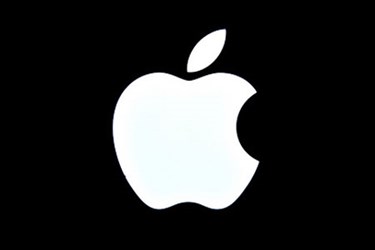Apple's Healthbook App Could Have Major Impact On Healthcare Industry
By Joel Lindsey

Images and detailed information about the healthcare application currently being developed by Apple surfaced earlier this week, leading to widespread speculation about how the application might work, what sorts of health data it might monitor, and just how effective it might be for users.
The information was released in a lengthy article published by 9-to-5 Mac, which includes screenshots of the application’s user interface.
The application, called Healthbook, indexes a series of “cards,” each of which tracks its own health-related functionality. There are three cards dedicated to fitness — activity, weight, and nutrition — as well as a host of health-related cards including heart rate, blood pressure, blood sugar, nutrition, sleep patterns, and several others. By logging relevant data, Healthbook is expected to generate easy-to-read charts, calculations, and other electronic reports to help users more effectively monitor critical health factors.
“The blood monitoring capabilities of Healthbook are perhaps the most unique and important elements of the application,” wrote 9-to-5 Mac’s Mark Gurman. “The capabilities of the Bloodwork section are currently vague, but the tab can present several different blood-related data points normally provided by healthcare professionals and bloodwork labs.”
While the range of what Healthbook is expected to monitor is quite wide, it remains unclear exactly where the app will obtain its actual data. Early speculations have suggested that the app might bring together data gathered by third party health or fitness apps, work in tandem with yet-to-be-released Apple products like the iWatch, or that it will be a single source for doctors and other healthcare professionals to input and share patient information.
For many, the ability to consolidate numerous data inputs from a variety of sources into a single site, which can then generate easy-to-read feedback for users, stands as the app’s greatest strength.
“This ‘common platform’ model could well be Healthbook’s path to impact,” wrote David Shaywitz in a column published by Forbes. “Right now, the consumer sensor ecosystem is a veritable Tower of Babel (equally true inside hospitals, by the way); interoperability and information sharing are major problems.”
Speculations that Healthbook will provide a way for doctors to more easily and transparently share medical information with patients have also drawn attention.
“Despite the diligent efforts of many companies, most patients still don’t ‘own’ their personal health data in the way they own other important information; many are still content to have this information maintained and managed by doctors and staff, clinics and hospitals,” wrote Shaywitz. “Healthbook may help catalyze an important perceptual transition here, and may help more patients realize that their health data is truly theirs, and not their physicians’.”
Apple’s moves toward the field of healthcare continue to generate media interest. Last month, Med Device Online reported a string of high-profile hires made by Apple that brought together several experts from the fields of health and fitness planning, biomedical engineering, and sensor technology.
